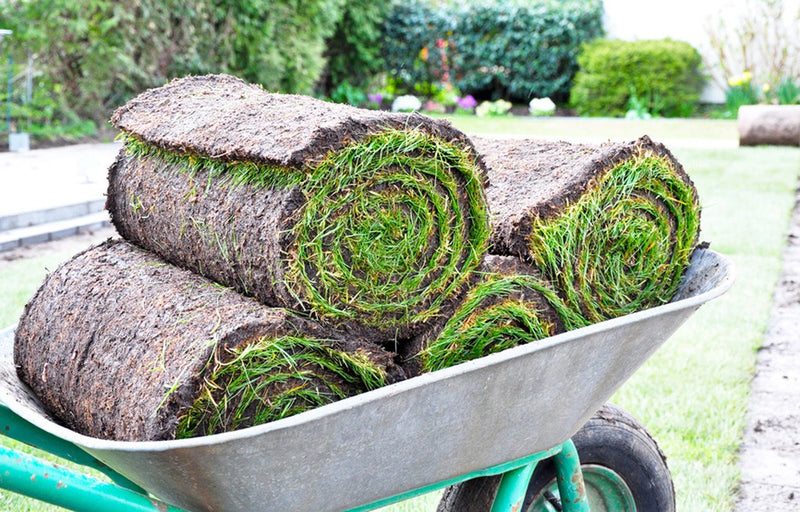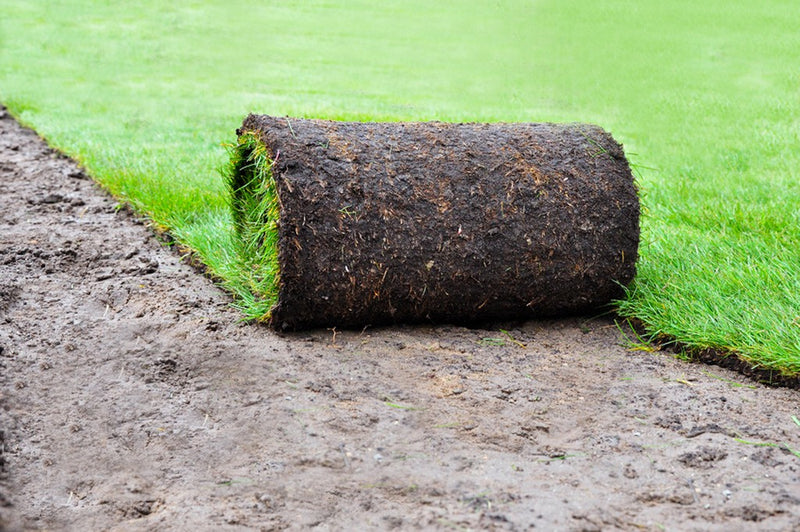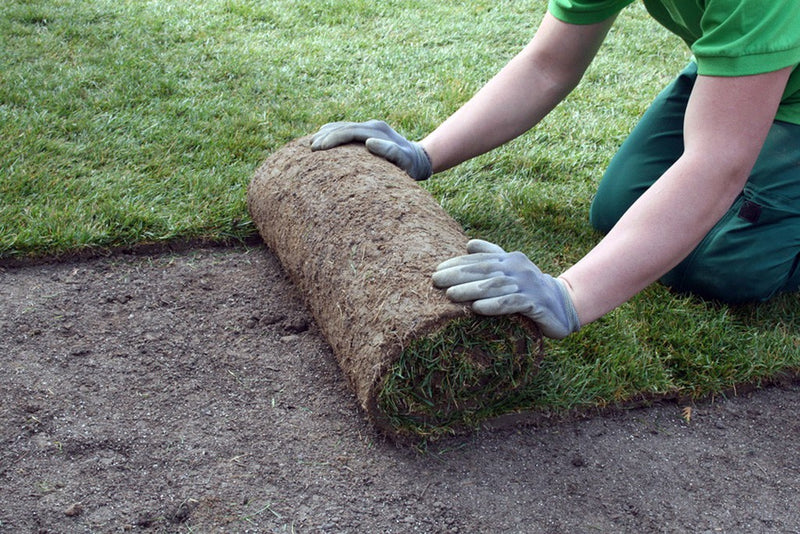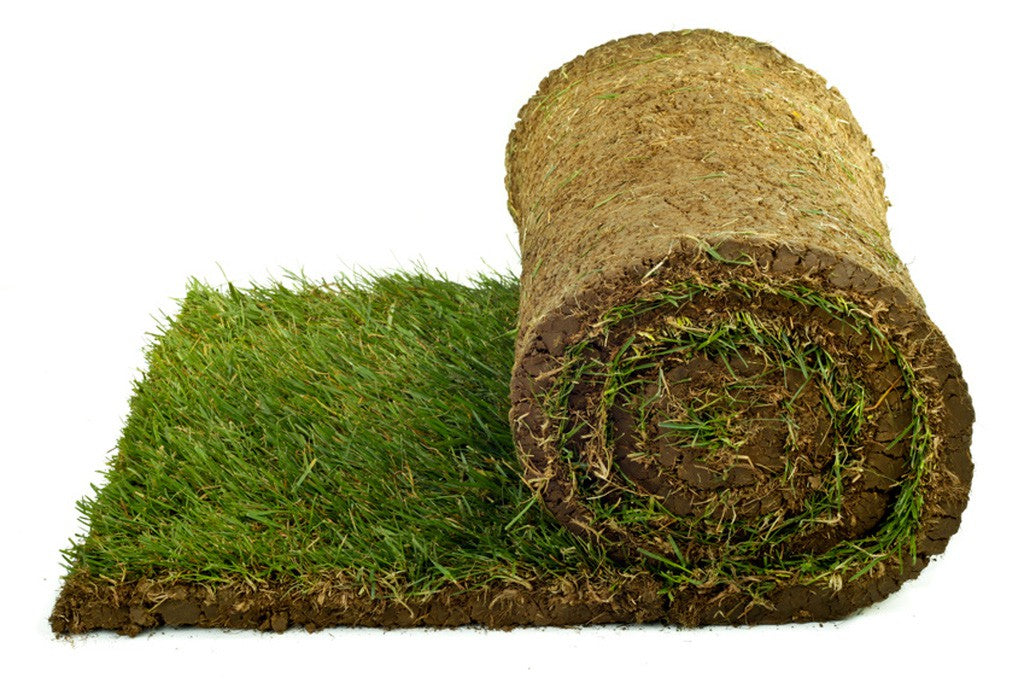Lawn from the roll
Sowing grass is very time-consuming... the quick way to green happiness today comes from the roll.




Yesterday black earth and today a green lawn
...with rolled turf, this garden wonder can come true. Roll turf was originally introduced for professionally used sports fields. Today, more and more private gardeners have also discovered the benefits of turf rolls, as it has a wide range of uses: for new lawns, replacing existing lawns, or even for repairing partial areas. Roll turf is a turf roll consisting of different grasses depending on the intended use. These rolls are simply rolled up for transport and easy installation.
Loosen and level the soil
Preparing the subsoil is crucial for the rapid establishment of turf. If there is old, unsightly turf on the site, it can either be removed or worked into the soil by repeated tilling. Tilling is also important for new construction sites, as the soil is usually heavily compacted by construction vehicles.
Rakes and rollers
Once the soil is loosened, stones and root debris are removed by hand and rake. All uneven areas must then be leveled with a rake. To firm the subsoil, the entire area is then rolled and lightly raked again later to facilitate root growth.
Control of the pH value
Lawns thrive in slightly acidic to neutral soils between pH 5.5 and 7.0. If the pH deviates significantly from this value, the lawn can quickly become overgrown with moss. You can determine the pH yourself with simple tests and receive a recommendation for the required amount of lime.
Nutrients are important
To ensure the new lawn has optimal starting conditions, the area should be fertilized and the applied fertilizer should be worked in shallowly. Organic fertilizers such as compost or horn shavings, as well as special lawn fertilizers, can be used. Organic fertilizers take effect more slowly but last longer.
Quick installation
Turf rolls should be laid no later than 48 hours after harvest (or even earlier, even the same day). This is best ensured by purchasing directly from the grower. Until it is laid, the turf should be protected from wind and sun to prevent it from drying out. It is best to start at a straight edge and then lay the turf rolls out, staggered and with as few gaps as possible. Any excess can be easily trimmed off with a sharp knife and used as gap filler if necessary. The lawn should then be rolled with a lawn roller and watered sufficiently over the next three months. This creates good soil contact and promotes rapid root development of the sod. Tip: It is better to water more frequently and in smaller amounts to avoid waterlogging.
… and mow again and again
As soon as the new lawn has established itself (after approximately 10-14 days), you should start mowing. The more often you mow (ideally twice a week at first), the more intensively the lawn will develop and the better it will grow. Since the clippings are still relatively small, they can be left on the lawn. They protect it from drying out and decompose relatively quickly.














